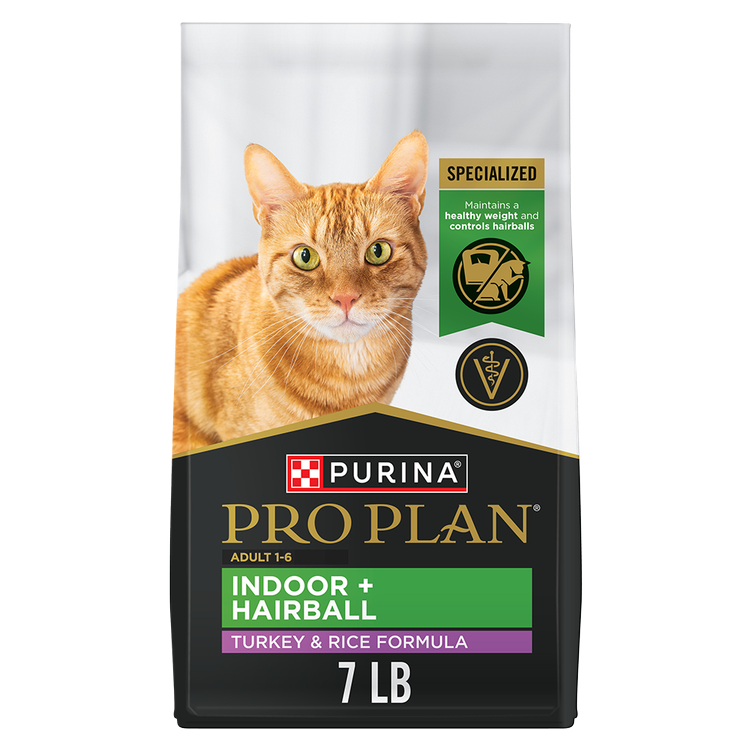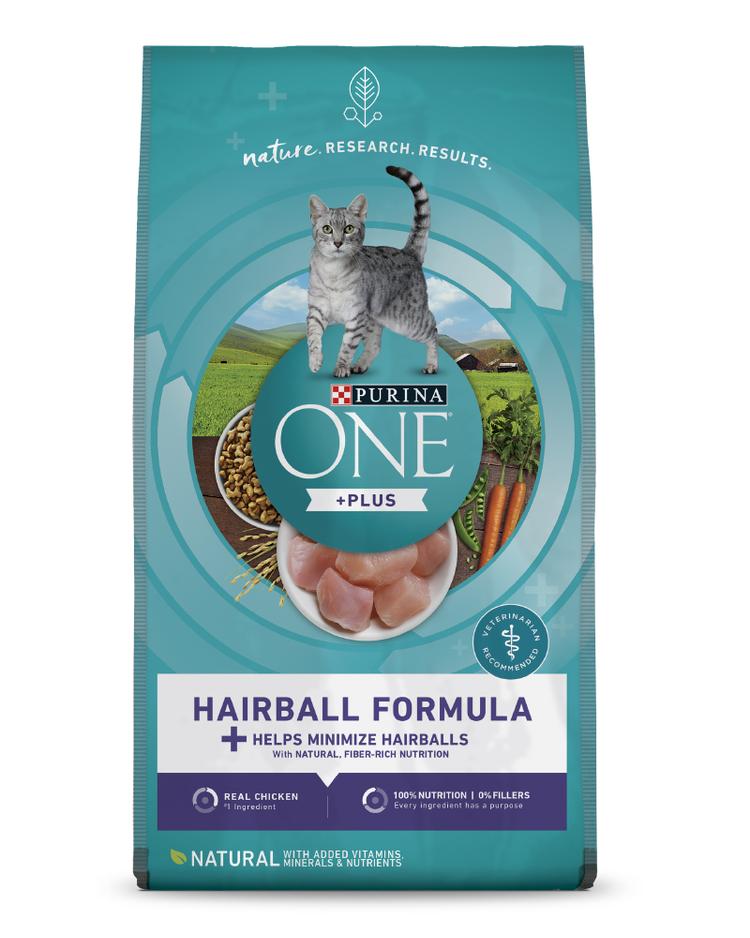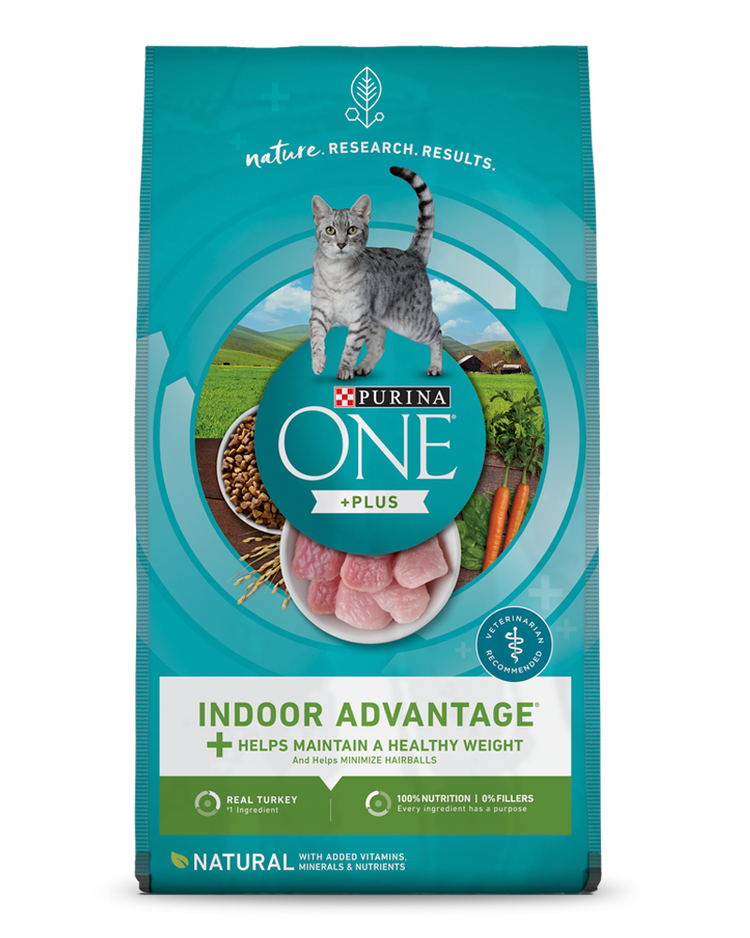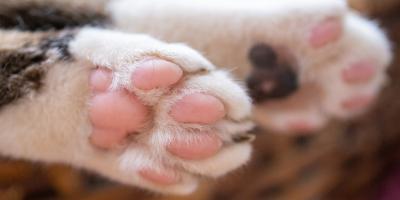Is Your Cat Getting Hairballs & Throwing Up? What You Should Know


Cat owners all know the sound. The ugh-ugh-ugh, cough-gag-retch noise your cat makes when she is coughing up a hairball – usually in the middle of the night.
As self-groomers, cats do a great job of keeping themselves clean. But all that hair they groom can collect in their stomachs. Many cats, especially those with long hair, get hairballs. Although hairballs may seem normal, they are typically a clinical sign of something else going on in your cat.
What is Cat Hairball Throw-Up?
What is a hairball? It’s a by-product of your cat’s self-grooming. Also known as a furball, a hairball is simply a collection of dead hair and digestive juices that forms in your cat’s tummy. The hair your cat swallows while grooming builds into a hairball. Vomiting hairballs occurs because your cat is either ingesting too much hair or she is unable to move the hair out of her stomach.
How Do Cats Get Hairballs?
The little barbs on your cat’s tongue are one of the characteristics that make them exceptional predators. The same barbs that help cats pull meat from bones and fur from prey will also snag loose hairs as they groom. The barbs face backwards and anything that gets caught in them will most likely get swallowed. That’s why loose string, thread, dental floss, and hair ties should be kept away from cats.
When Your Cat Vomits a Hairball
It can be distressing for new cat owners to hear their cat gagging, coughing, and retching as they try to bring up a furball. They make a noise that sounds like they are coughing from the lungs, gagging in their throat, and retching from their stomach all at once.
Then when the hairball is finally up, and on your carpet or bedspread, cats will calmly walk away like nothing happened. That’s just cats being cats.
Is it Normal for Cats to Get Hairballs?
Hairballs are not normal but rather a sign that there is too much hair being accumulated in the esophagus or stomach or that the hair cannot move out of this part of the gastrointestinal tract. Long hair, short hair and cats in between can develop hairballs on occasion. The exception is hairless cat breeds, like the Sphynx cat, that don’t cough up furballs because there’s no fur for them to swallow.
Most individual hairs your cat swallows will pass through the digestive system without any trouble. When they form clumps in the stomach, cats can then vomit them up.
How Often Do Cats Throw Up Hairballs?
Healthy cats should not be vomiting hairballs. Recurring hairballs over a short period of time can indicate your cat is over-grooming, which can be a sign of stress, allergies, pain, or an underlying health condition that requires veterinary care.
Do Some Cats Produce More Hairballs Than Others?
Generally, long-hair cats are more likely to swallow more hair and create more hairballs.
For any cat, both over-grooming and under-grooming can be signs of an underlying health issue you should discuss with your vet.
When Do I Call the Vet?
If your cat is vomiting hairballs, even occasionally, you should mention this to your veterinarian. It’s a sign that your cat is swallowing too much hair (potentially from overgrooming) or the hair is not able to leave the GI tract normally.
If your cat is dry heaving repeatedly with no sign of a hairball, or becomes lethargic, loses her appetite, or becomes constipated, it could be a sign the hairball has moved to the intestines. This is a serious condition that needs veterinary care.
A vet visit is in order if your cat experiences any of the following additional symptoms:
- Prolonged gagging without producing a hairball
- A drop in appetite
- Lethargy
- Constipation or diarrhea
- A swollen or sensitive stomach
- Bloody vomit or stools
If your cat keeps throwing up but seems otherwise fine, you should still contact your vet. Even if your cat seems okay, there might be an underlying medical issue if she vomits often.
Is There a Treatment for Hairballs?
Copy: Cat hairball treatments, such as lubricants, laxatives, and baths, may do more harm than good. The two best ways of controlling hairballs is by regular brushing and choosing a food formulated to help with hairballs.
Brushing your cat regularly helps remove the loose hair your cat has shed before she has a chance to ingest it while grooming. This is particularly important with long-hair cats. Skipping the brush time will lead to more hairballs and can also cause matting in long-hair cats. Mats, which can be extremely painful as the matted hair pulls on your cat’s delicate skin, may be difficult to remove without the help of a groomer or your vet.
Purina offers several varieties of dry and wet food that help control hairball production. These products include natural fiber that helps move the excess hair through your cat’s digestive system. They also contain the vitamins and minerals cats need to keep their skin and coat healthy.
Even with brushing and healthy hairball formula food, your cat may still throw up the occasional hairball. It’s a good idea to talk with your veterinarian if this is happening.
Want more cat health tips? Get advice from our experts on our Pet Expertise page.
Related articles

Be Rewarded for Your Purina Purchases
Earn and redeem points for Purina products with myPurina app.






